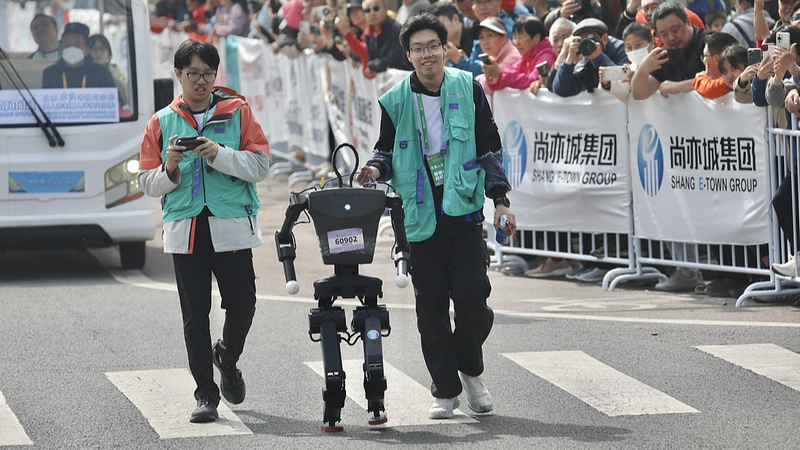On a crisp Saturday morning in Beijing, the world’s first humanoid robot half-marathon kicked off, turning the streets into a testing ground for AI-powered endurance. Against the backdrop of historic architecture, dozens of bipedal machines set off on the 21.1 km course, blending cutting-edge tech with the spirit of competition.
From research labs to startup teams, developers sent their best designs onto the track. A photo gallery captured every moment: robots maintaining steady strides, pausing at charging stations for quick battery boosts, and adapting to uneven pavement with surprising agility.
From Lab to Street
This milestone highlights more than just raw speed. Tech enthusiasts are eyeing breakthroughs in power management, motion planning, and balance control. The real-world implications are huge—think search-and-rescue bots, eldercare assistants, and autonomous city guides.
A Global Stage
Young innovators across G20 nations tuned in via livestream to watch AI take on physical limits. Thought leaders are already debating the broader impacts. Could mixed human-robot races become the norm? What does a robot’s finish-line time say about the future of sports?
What’s Next?
As engineers gather post-race data, the possibilities expand. For travelers and digital nomads, imagine navigating foreign streets alongside smart robot escorts. For sports fans, the question remains: will robots redefine athletic milestones or simply inspire the next generation of human competitors?
Reference(s):
cgtn.com




